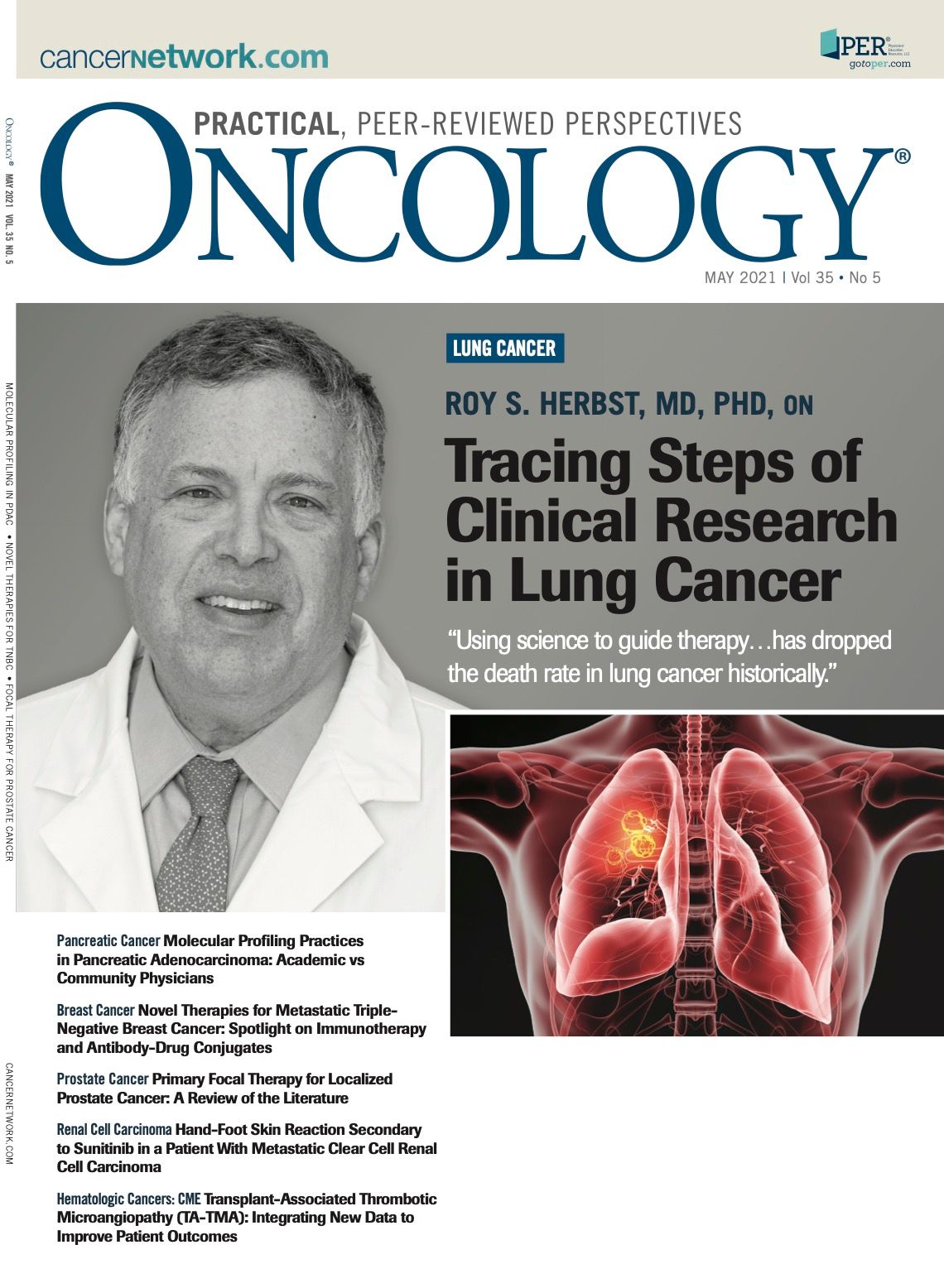Advanced Technology Will Help Drive Reimbursement Change
An industry through leader recaps current challenges to traditional reimbursement models for Medical Economics®.
Limited by the slow pace of change in traditional reimbursement models, shifts in the paradigm for patient care have also lagged far behind the possibilities created by transformative technology. The COVID-19 pandemic has changed that, catalyzing improvements in reimbursement by both commercial and government payers, not only for traditional telehealth but for other technologies that are advancing how we think about patient monitoring and care.
While the pandemic has accelerated the acceptance of telehealth and remote patient monitoring, the groundwork was being laid even prior to COVID-19. According to McKinsey & Company, United States consumer telehealth adoption has skyrocketed from 11% in 2019 to 46% currently. Due to the needs created by the pandemic and the expansion of reimbursement for telehealth services, providers have rapidly scaled offerings and are seeing 50 to 175 times the number of patients via telehealth than they did before.
In addition to the explosion of telehealth usage by patients covered by both Medicare and commercial health plans, US policy makers have also embraced reimbursement for additional technology-enhanced methods to remotely monitor patients and identify those who could have care intervention prior to deterioration, and potentially prevent a full clinical deterioration. Such approaches not only provide a more convenient way for patients to be monitored, but also improve the efficiency of the system and the value of care delivery services by offering the information required to get the right level of care to the right patient at the right time.
As patients and providers become more comfortable with a combination of traditional approaches to care, telehealth, and remote patient monitoring technology, health care coverage will become more convenient and efficient, and of higher value. That’s good news in the effort to lower the nation’s health care costs while raising the level of patient care experiences and outcomes.
- Innovations drive care up, costs down. Telehealth alone can only begin to address the fundamental challenges of provider shortages and care access, and it changes the care paradigm in limited ways. Continuous remote patient monitoring (cRPM) is an important addition to traditional telehealth sessions for patients with chronic health issues. cRPM continuously monitors vital signs while the patient is at home and alerts the provider if health deterioration begins to occur—often before the patient feels any symptoms. The data shared give the provider the necessary information, early on, to determine the best treatment for the patient.
- Value-based reimbursement: the new norm. In order to continue to fund and advance cRPM and other artificial intelligence–based care delivery innovations, the reimbursement model must change in ways that enable and encourage the broader utilization of these innovations.
- Transformative models focus on prevention. Paradigm-shifting technology will be an important enabler in the transition to value-based reimbursement and related care models. The ultimate goal is to improve health outcomes and the care experience, while also saving money through more efficient targeting of care resources.
Conclusions
The future looks bright for further adoption of telehealth and the use of technologies such as cRPM. These and other innovations will become part of a portfolio of technology and other care model change-enablers destined to improve care outcomes while creating a more cost-effective solution to soaring health care costs and the finite resources that have been stretched even further due to the impact of COVID-19. As we move toward value-based reimbursement models, providers, insurers, and payers will need more proactive approaches that can measurably improve outcomes, save lives, and lower overall health care costs—often from the convenience of a patient’s home.
A version of this article was originally published by Medical Economics®.
To read the full article, visit
https://bit.ly/3xaR7Zp

How Supportive Care Methods Can Improve Oncology Outcomes
Experts discussed supportive care and why it should be integrated into standard oncology care.